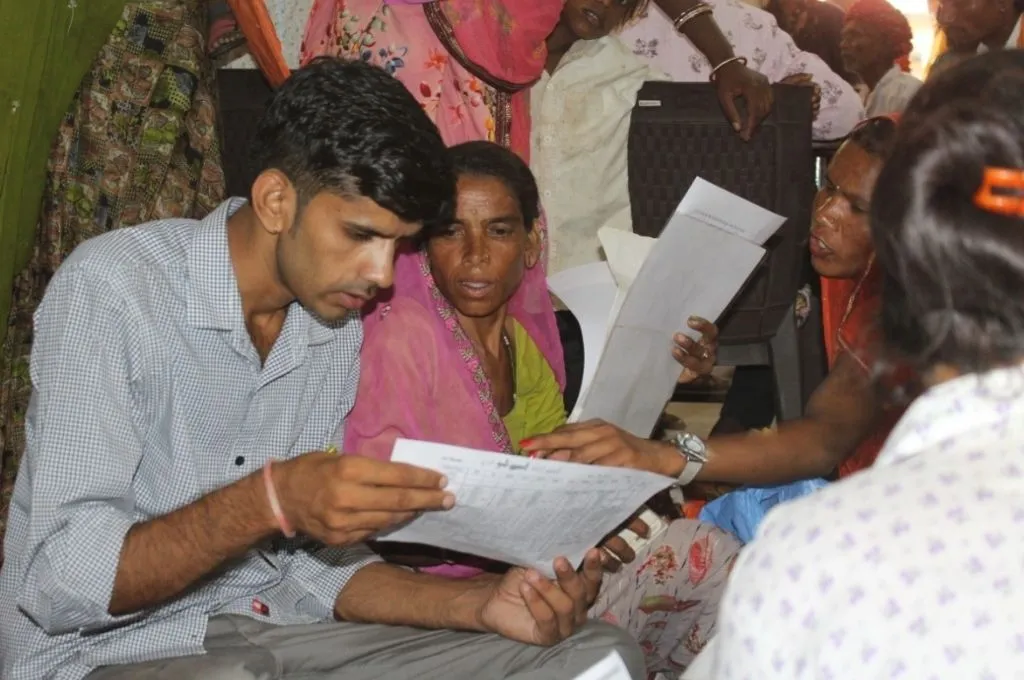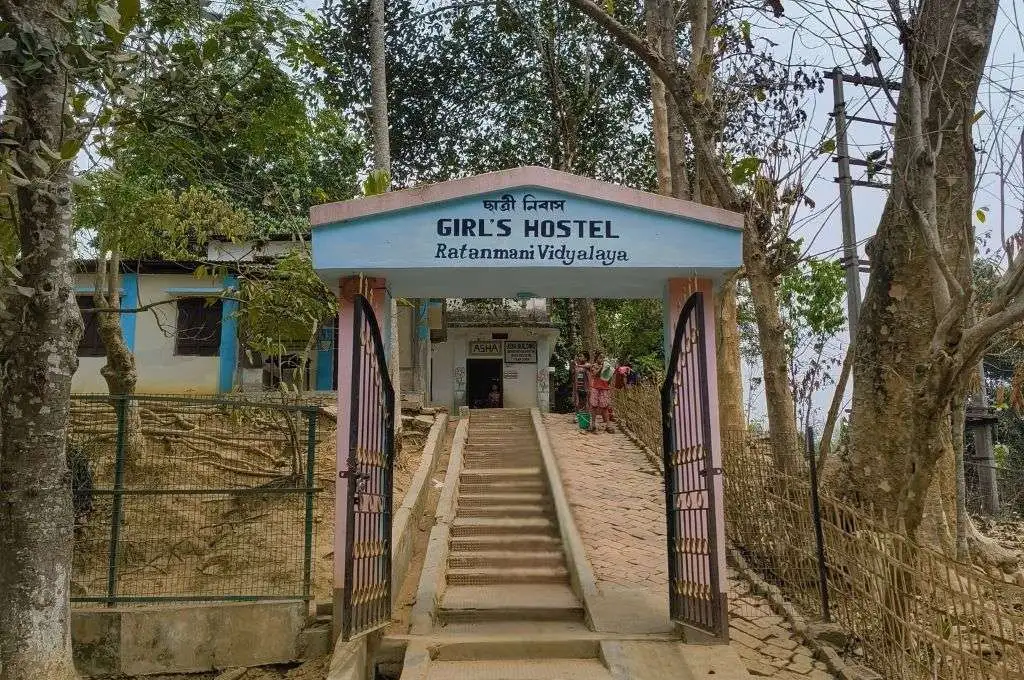All is not well in Nagaland’s oil palm plantations
The cultivation of oil palm in Nagaland began in 2015–16 when the state government introduced it to farmers as a replacement for low-value crops. This was a result of the central government’s National Mission on Oilseeds and Oil Palm to enhance and increase domestic edible oil production and reduce import dependency.
Many farmers in the state started cultivating oil palm because they were promised high returns for their yield. However, things didn’t turn out as expected. Robert N Solo, a member of the Naga Club, which aims to preserve and promote Naga culture, history, and social welfare, states, “Initially, farmers were promised INR 200–300 per kg. But now, the maximum price they get is INR 13 per kg. And most farmers end up receiving only INR 10 per kg.”
Economic challenges apart, oil palm trees have many negative consequences for the environment, including reduction of soil fertility and depletion of water resources. Kuolachalie Seyie, president of the Naga Club, says, “Oil palm consumes a lot of water. So there is a lack of sufficient water supply and reliance on underground water, which in turn damages the water table.”
During a visit to a plantation site in Jalukie, Peren district, the Naga Club came across a large farm with 4,000 oil palm trees. The trees were planted 30 feet apart, with 56 trees per acre, and needed an astonishing 18,000 litres of water per acre. They also found that the farm was using hazardous chemicals. This is a huge issue because excess water from these farms, contaminated with chemicals, flows back into the rivers, which could become a health hazard.
Robert says, “From my interactions with the oil palm farmers in Nagaland, I have come to learn that no one has benefitted from this plantation.”
Many farmers on the ground are holding on to the hope that their fortunes will turn. Paul,* a farmer from Jalukie, cultivates oil palm on 3.5 acres of land, using water from his fishery pond and equipment provided by the state government, including water tanks, pipes, and pumps. He says, “I have been cultivating oil palm since 2008, but I am yet to reap any profits.” With markets emerging and an increasing number of farmers planting oil palm, Paul is optimistic that he will eventually generate profits from selling palm oil seeds in the markets and raw materials to fellow farmers.
He is open to exploring alternative livelihood options, but adds that there aren’t many available. “If civil societies can offer us better alternatives for our livelihoods, we are willing to transition away from oil palm cultivation and adopt new, more sustainable practices,” Paul says.
*Name changed to maintain confidentiality.
Keletsino Mejura is an IDR Northeast Media Fellow 2024–25.
—
Know more: Learn about the Rongmei people’s struggle for livelihoods in Nagaland.
Do more: Connect with the author at keletsinomejura@gmail.com to learn more about and support her work.



